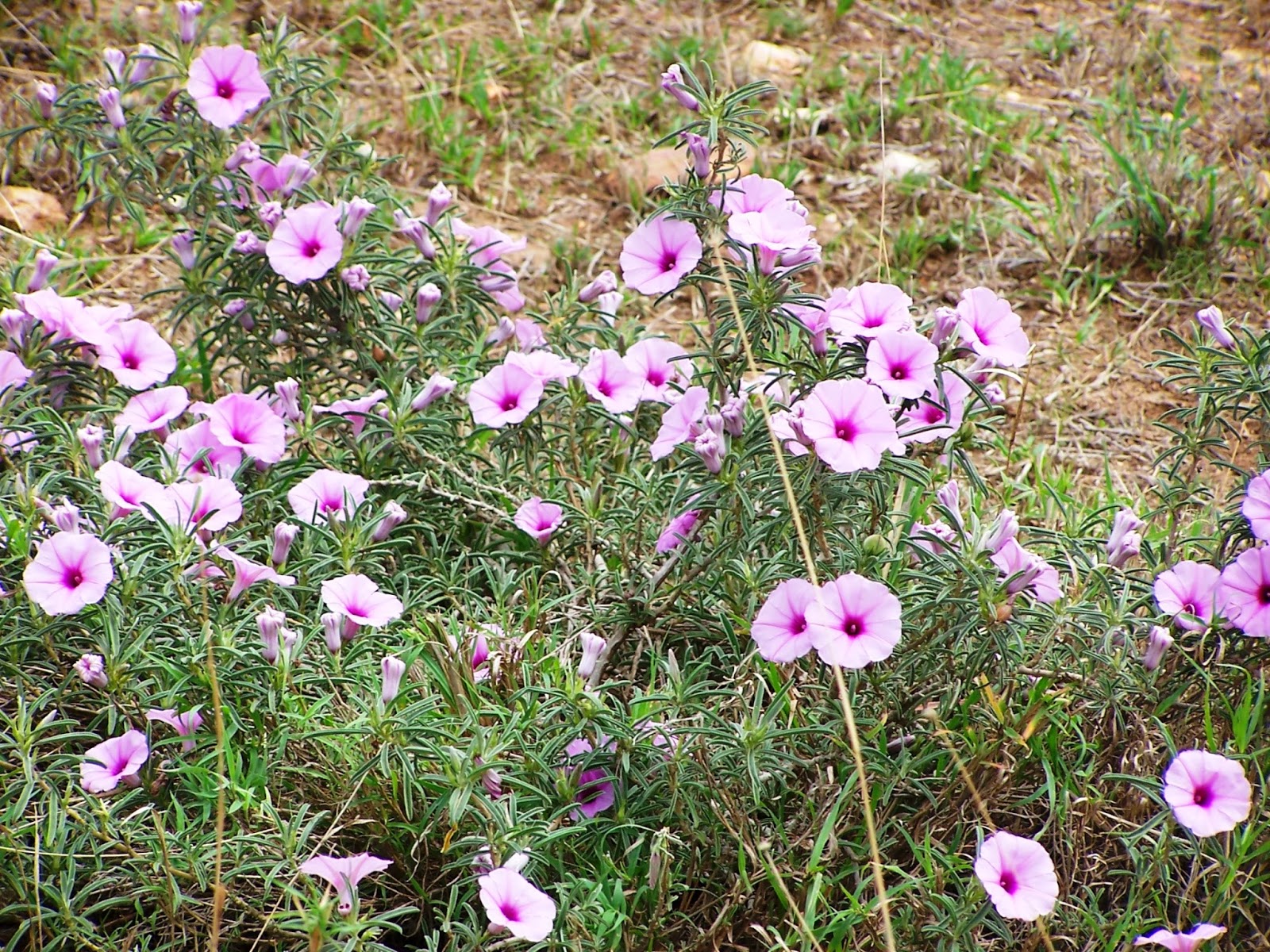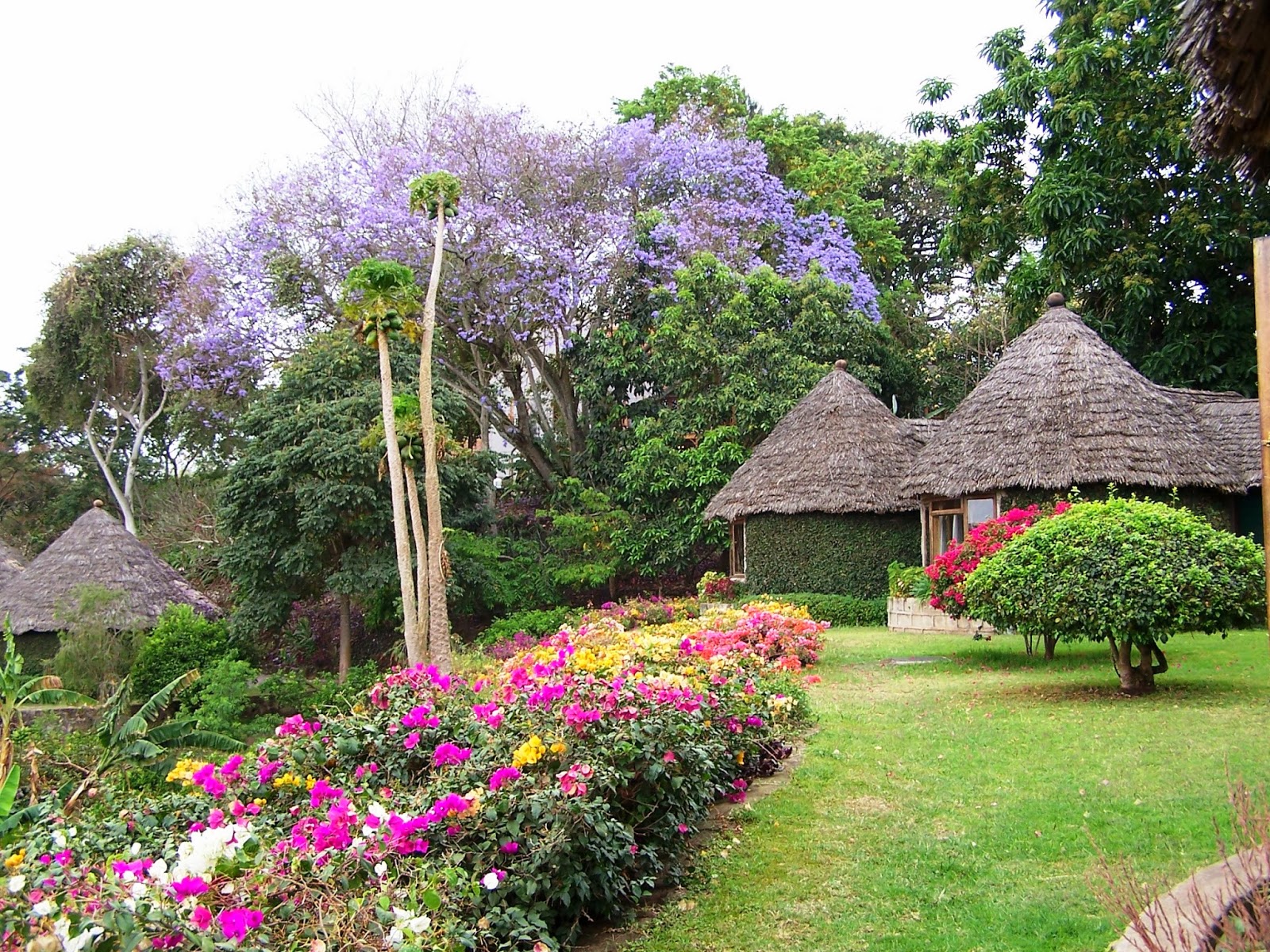MARKETS
Outside the main centres on the east coast of Tanzania, there are three ways to purchase food and goods:
1. along the roadside
2. in large open-air markets, set up only on certain days
3. village shops
In this post, we will cover the roadside and open-air markets.
Next post - shopping in a village
PLEASE NOTE:
Many times we did not take pictures, which would have required focusing and light quality adjustments. It would have been obvious to everyone what we were doing. Mostly people didn't want us to snap them as they went about their daily business. Some felt by doing so we were stealing something from them, something spiritual or part of their essence. We trod carefully, having no desire to intrude or to be remembered as thieves.
A small roadside selling point
with temporary shade - in Tanzanian colours
of green and yellow!
NOTE: centre, back, in the shade, is the lady of the stall. Her husband is in the shade behind the produce. The crouching man with the white hat, is examining the produce, before making a purchase.
Here is a more developed roadside market - the shade provided is permanent, left standing when the day's sales are over.
The produce is brought in baskets, woven so beautifully (see close-up below) using rushes and grass.
The strength of the basket weaving lies in multiple triangles in the weaving.
The fuel is of two types:
branches of trees, maybe transported here for many miles - carried in bags across the carriers' shoulders
and
elephant dung, each about one foot long, now dried,
or
cattle dung patties, collected by herders.
or
cattle dung patties, collected by herders.
All packaged in white bags
These ladies are standing in a "line-up"
waiting for their turn to make a purchase.
We did not know what was being sold out of the bags
waiting for their turn to make a purchase.
We did not know what was being sold out of the bags
These are permanent
sale shelter areas
shelter from rain in the "rainy seasons"
and shade from the midday sun in the dry periods.
Built in a bend of the road.
Our guides took us here, to visit an organized market. It was too early for the sellers to open up, but they had come early to claim a site for their stalls.
It was chilly at that early hour, but, in no time, the heat would rise.
The market is on a slope - to allow good run-off in the rainy seasons.
Very soon after this photograph, the stalls had been set up and these were some of the goods we saw for sale:
Some of the produce was expertly piled up.
Every kind of pepper!
The produce on display is of high quality!
Note the weighing scales on the table.
The largest, organized outdoor market
we visited.
These markets are not only places where people gather to buy and sell.
It is here that people meet and exchange gossip and tell the news from their villages. These folk have been attending these markets all their lives and they all know each other and support each other.
Next post:
Villages we passed through
Centres of Commerce and of Socialising
Thank you all for reading along. We have had over 1100 page-views so far!







































.jpg)












